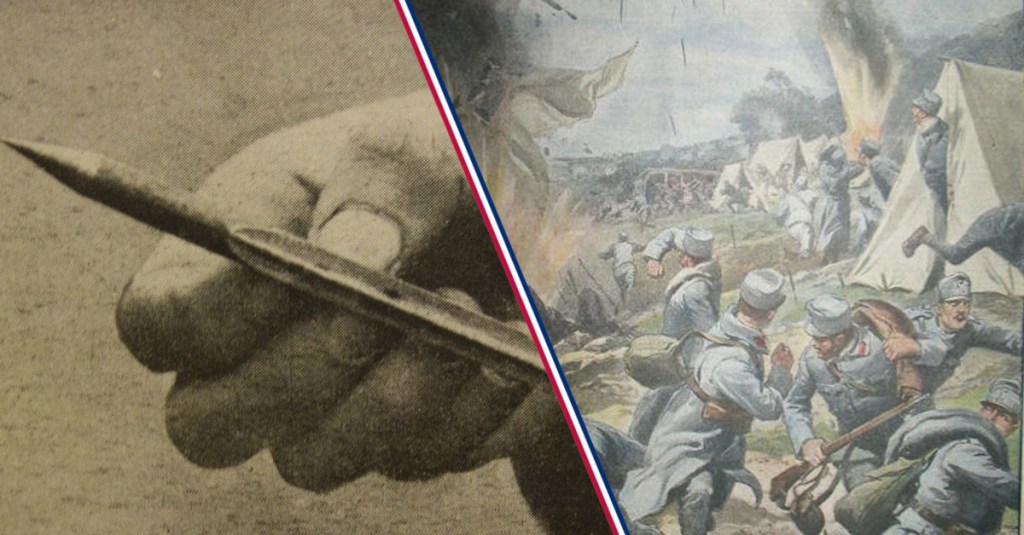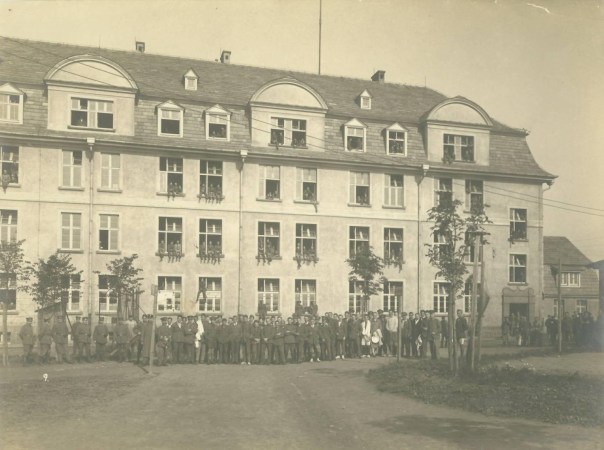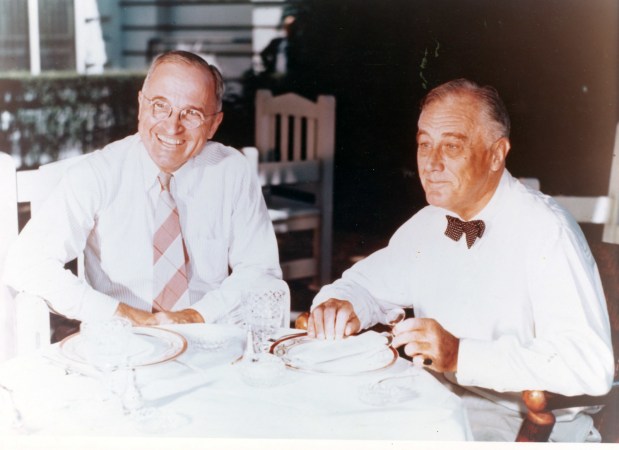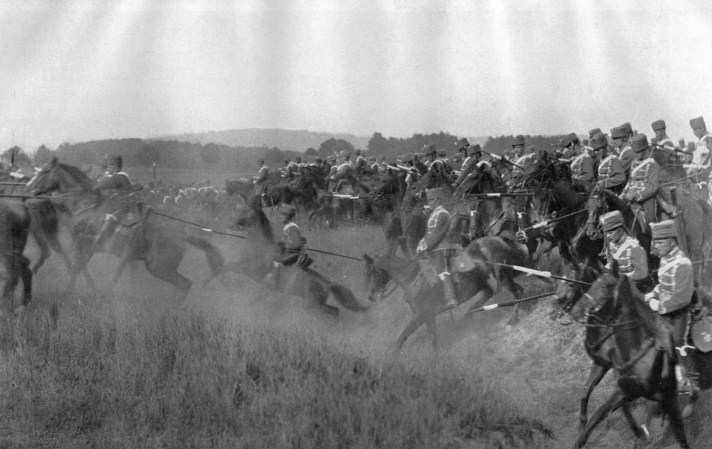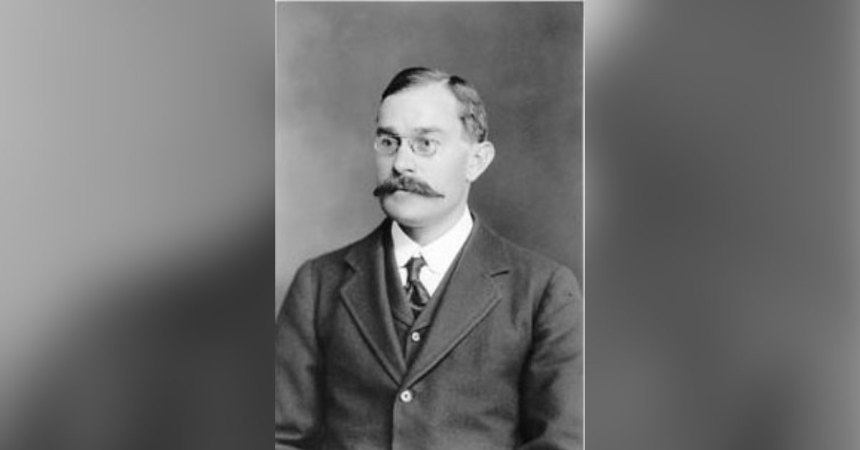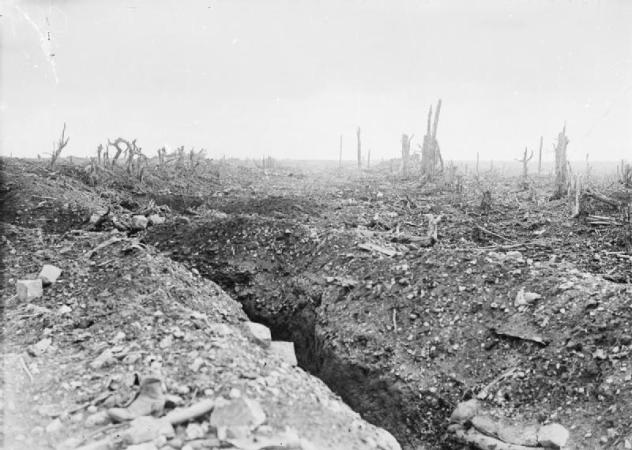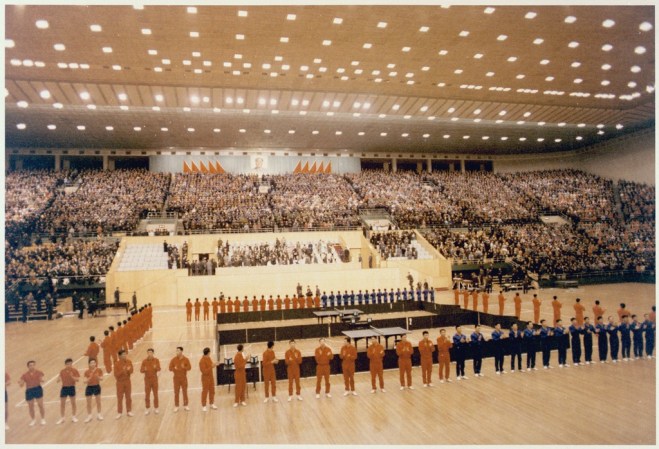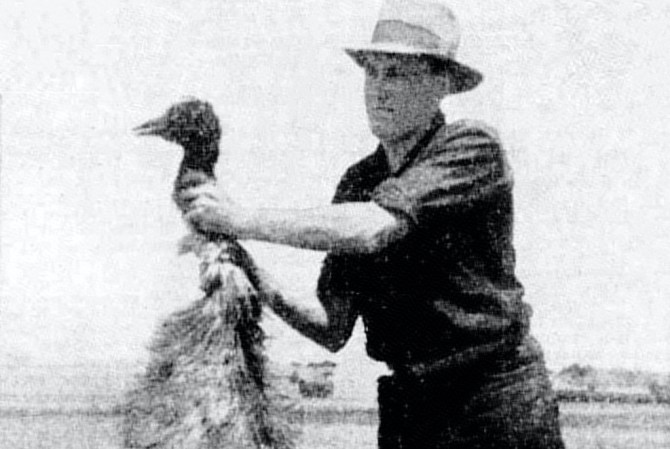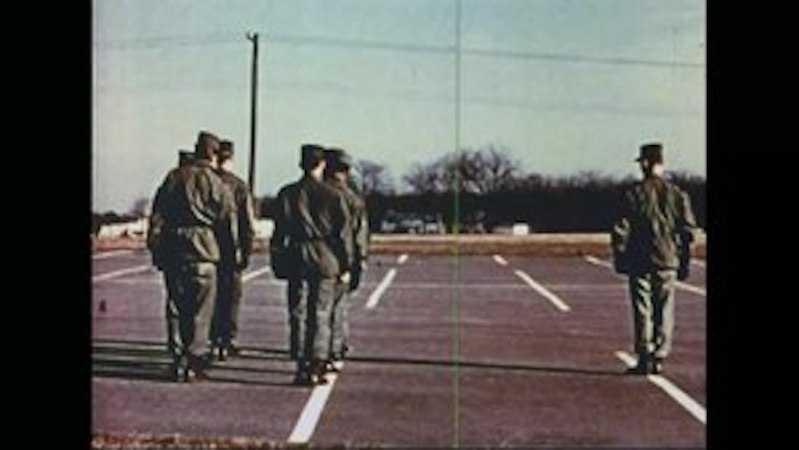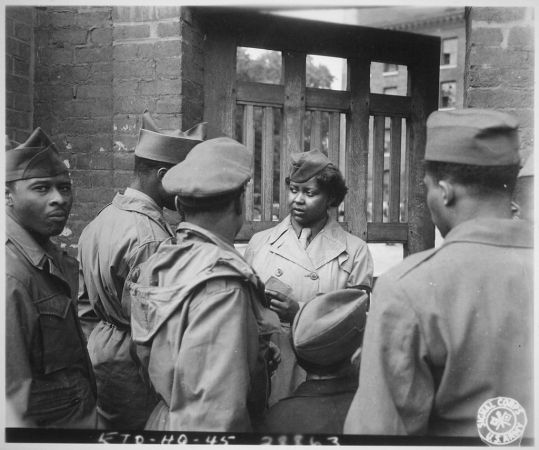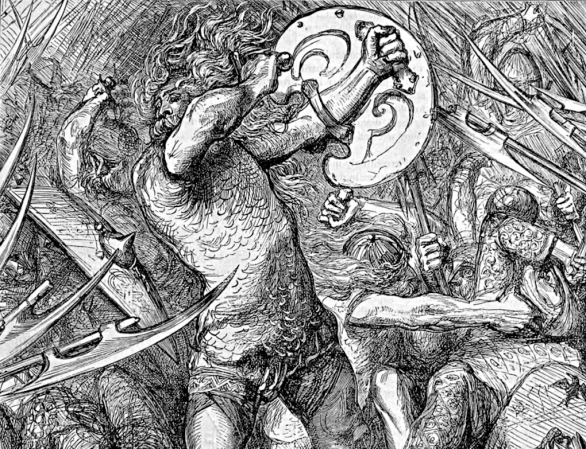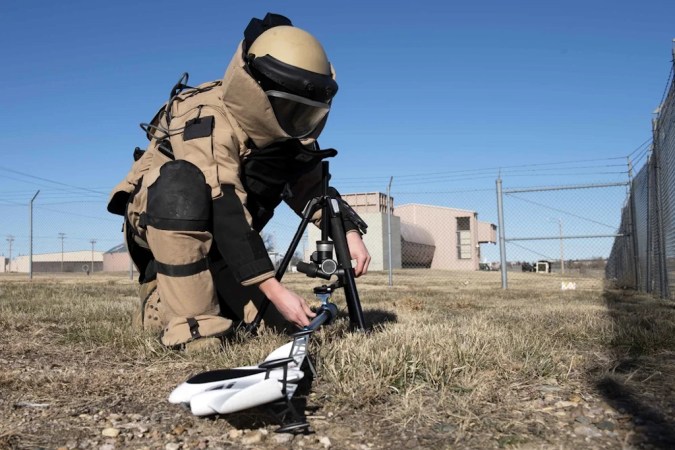The first World War was a horrific time to be a soldier on the frontlines. Nations were in a rush to quickly develop and implement the newest and most effective tools of destruction. Before the war, troops had no idea of the true devastation that a tank, fighter pilot, or the various gas canisters could bring. And then there were evil darts.
Flechette darts that — thankfully — never really took off. To be frank, they sound a little silly. They’re just oversized versions of the darts that troops would toss around at their local pub — what’s the big deal? In reality, they were more like something out of a freakin’ horror movie.

First, let’s talk about the physics behind these darts from Hell. They were roughly five inches long, weighed just over a pound, and were made of sharpened steel. When they were dropped from hundreds of feet above the ground, they’d strike the ground with enough force to pierce helmets and even vehicles.
If you filed grooves into the top or added a bird’s feather to the dull end, the dart would always land pointy-side down. Now consider the fact that a single pilot could release a canister filled with around 250 of these darts at a time and you can understand the sheer terror that these things wrought.
The Italians invented the darts before the war, but soon, countries on both sides of No Man’s Land were dropping them on opposing trenches. They were also extremely cheap to make and implement, which means they were used constantly — although the Royal Flying Corps felt they were “unsportsmanlike.” The Germans, on the other hand, were very keen on using the darts on the French. In fact, they had them specially imprinted with the text, “invention Française, fabrication Allemande.” Which roughly translates to, “a French invention, German made.”
The flechette darts didn’t last past the early years of the war when bombs were deemed more effective. But the design of sharp darts being used for war later resurfaced with the flechette rounds used in shotguns and the infamous Beehive artillery round used in the Vietnam War.
To learn more about the flechette darts, check out the video below.



